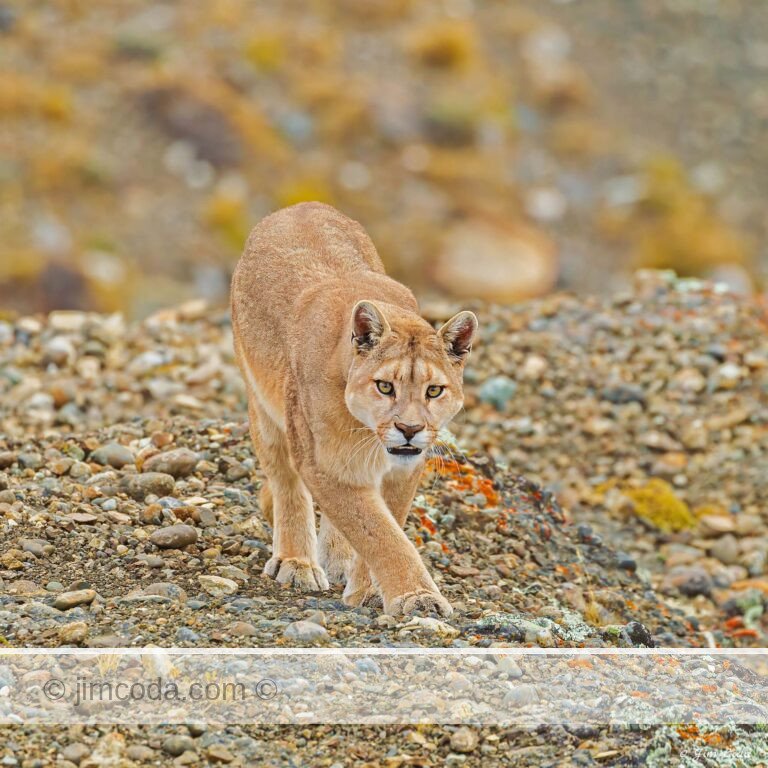Tag: rut
The Rut Is On at Point Reyes. This 7-point bull is bugling to let everyone know he’s in charge,...
Pronghorn Buck, Yellowstone National Park
I’m still working on upgrading the images on my website. ...
Bull Elk; Madison River Drainage, Yellowstone National Park
The elk rut has been slow. This bull was...
Pronghorn Buck Defends His Harem
I’m in Yellowstone. I came for the rut. It’s been quite...
Very Young Tule Elk Calf During the Rut
I photographed this young calf two days ago at Point Reyes. ...
Bull Tule Elk, Point Reyes National Seashore
The rut is in full swing at Point Reyes. This bull had...
Tule Elk Bull, Limantour Herd; Point Reyes National Seashore
This 7-point bull is the largest I’ve...
No articles found
Load More Articles
Loading...
Prints for sale
Browse my selection of photos for sale as fine art prints
Filter by category
Sorry, no prints in this category









